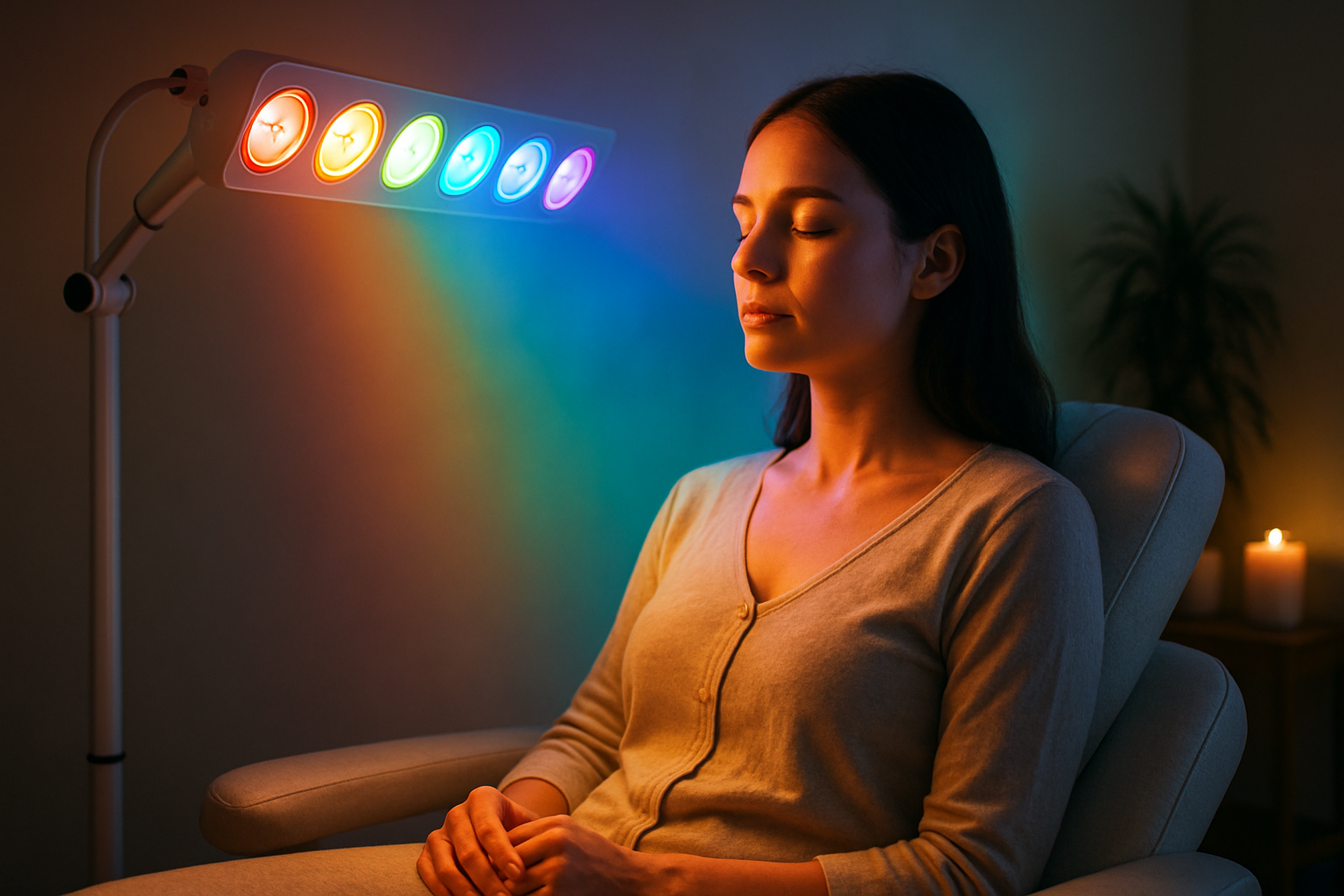Unveiling the Health Potential of Chromotherapy: The Science of Color Therapy
As we navigate the vast canvas of health and wellness, often overlooked is a unique, yet scientifically backed approach - Chromotherapy or Color Therapy. This ancient practice, imbued with modern research, brings a fresh perspective to our understanding of complete wellbeing.

A Journey Through the Ages: The History of Chromotherapy
Chromotherapy’s roots extend back to ancient civilizations like Egypt and China, where colors were employed for their healing properties. It is believed that the sun’s light, broken down into seven different color rays, can affect our physical and mental health. This belief has been handed down generations, transforming into modern Chromotherapy. Today, this practice is gaining scientific credibility with emerging research suggesting that different colors can trigger specific responses in the human body and mind.
The Spectrum of Wellness: Current Health Trends in Chromotherapy
In the current health landscape, Chromotherapy is making a resurgence. It’s being integrated into various health practices, from spa treatments and light therapy to psychological therapy and even home design. The core belief is that each color has unique frequencies and vibrations, which can influence our mood, energy level, and even physical health. For instance, blue is linked to calmness and relaxation, while red is tied to energy and stimulation.
Unraveling the Science: The Benefits and Challenges of Chromotherapy
Chromotherapy’s benefits include stress reduction, mood improvement, and even potential physical health benefits like pain reduction and improved sleep. However, it’s essential to understand that Chromotherapy should not replace primary medical care. Although it can complement traditional treatments, more comprehensive research is needed to fully establish Chromotherapy’s effectiveness and safety.
The Evidence: Research-Backed Health Insights
Several studies have shed light on Chromotherapy’s potential benefits. For instance, a study published in the Indian Journal of Physiotherapy and Occupational Therapy found that color therapy could improve motor skills in stroke patients. Another study in the Journal of Evidence-Based Complementary & Alternative Medicine indicated color therapy’s potential role in reducing anxiety. Though promising, these findings underline the need for further research.
Practical Health Tips: Harnessing the Power of Colors
-
Start small: Try incorporating Chromotherapy into your daily routine by using color-themed rooms or light bulbs.
-
Be consistent: For noticeable effects, consistent application is key. Use the chosen color in your environment regularly.
-
Consult a professional: If you’re considering Chromotherapy for serious health concerns, always consult with a healthcare professional first.
In conclusion, Chromotherapy offers an exciting avenue in the health and wellness landscape. It’s a practice that merges the wisdom of the ancients with the scientific curiosity of modern times. While it’s not a substitute for traditional medicine, it may serve as a complementary approach for those interested in exploring holistic wellbeing. As research progresses, we may find ourselves embracing not just the beauty of colors but their potential to heal and harmonize our lives.





